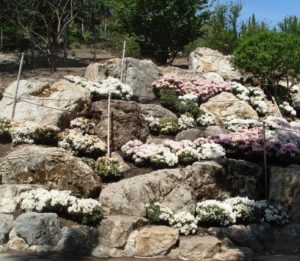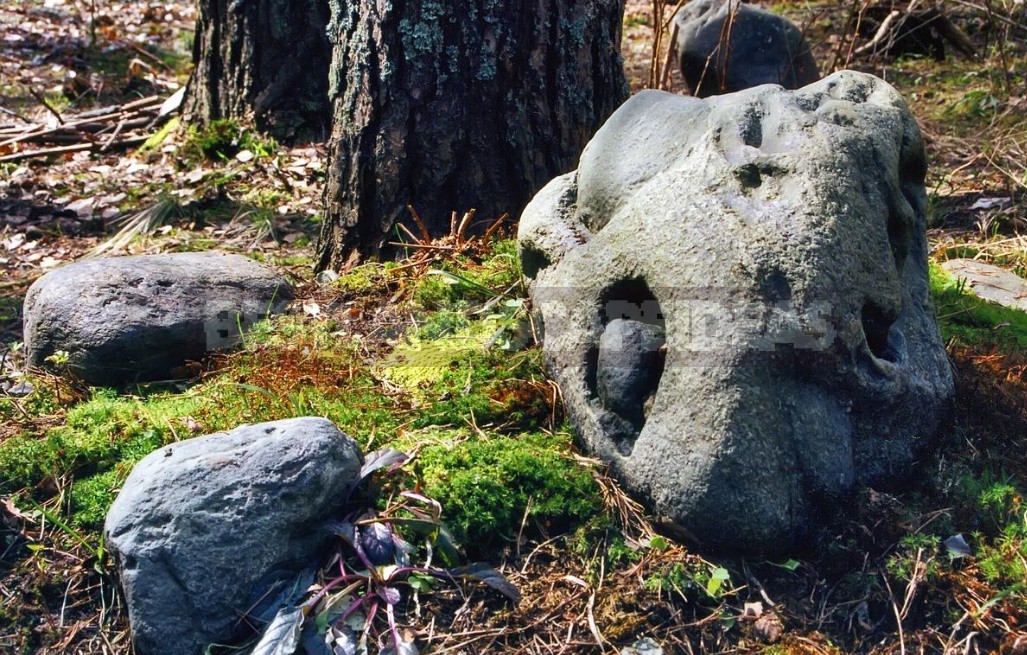
When I was young, I had no interest in pantheism. The idea that the Deity is present in any living and-even more so! – inanimate matter, seemed to me at least strange. And what is a Deity, I, like any non-religious person in the conventional sense of the word, frankly, I still don’t quite understand it. Perhaps the closest thing to me is the position of Albert Einstein: “My religion is a deeply felt confidence in the existence of a Higher Mind, which is revealed to us in the world accessible to knowledge.” My skepticism about pantheism has diminished considerably since the time when I became a gardener.
Let it be known to you that the gardener is fundamentally different from all other people is not that he loves flowers: flowers are somehow loved by every normal person. The difference is different: the gardener is not indifferent to stones. Of course, in most cases, the stone is needed as a building material or as a habitat for numerous mountain plants.
Stone in the garden: a traditional look
Karel Chapek: “We still can’t get to the subject that is the greatest joy and secret pride of the gardener: his hill /…/ When a person makes a hill, he feels like a Cyclops, piling up, so to speak, with spontaneous force, block upon block, creating peaks and valleys, moving mountains from place to place, and asserting cliffs.” All right, Karel, but let me ask you: from what? True rocks in the garden, of course, do not grow. The boulders? Unless one or two rocks happened to be nearby?..
We open the “encyclopedia of gardeners”, perfectly published in the homeland of Chapek in the Czech Republic, but half a century later: “Stone, along with plants, is one of the most important elements of the rock garden. Building a hill,/…/ always use only one type of stone. It is good when the surface of the stone has eroded, covered with moss and lichen.”
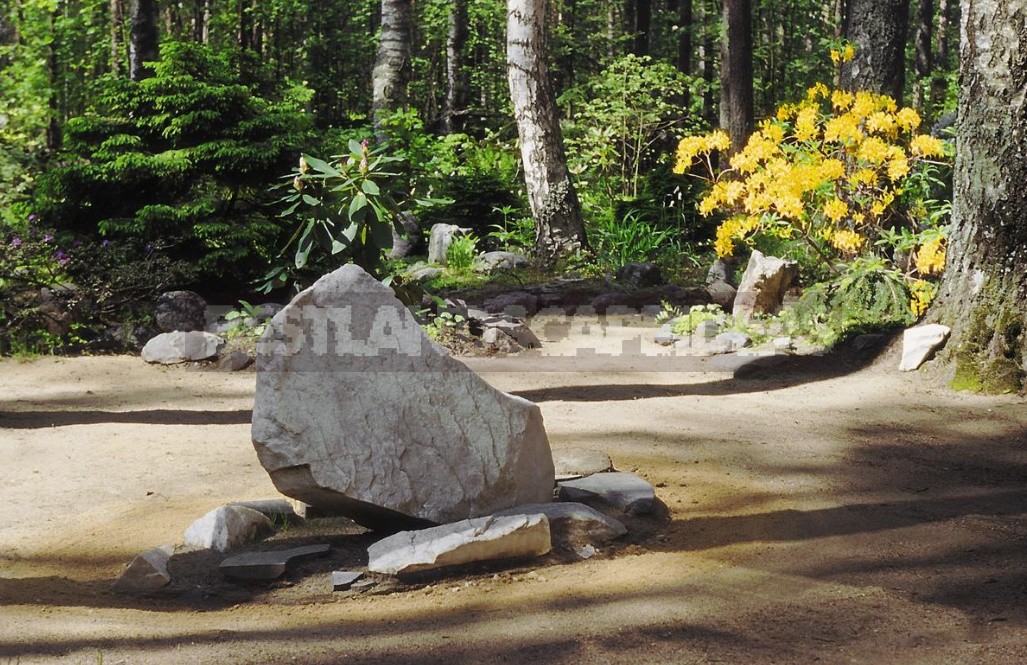
Very clear. And here’s another: “the Tip up does not put any large boulders or small stones /…/ To set the stones correctly is to place each one at such a depth that half or a third of the stone remains outside and its sharp ends and edges are below the surface.” Hmm, isn’t it better to bury it with your head?..
In short, stone is presented exclusively as a building material devoid of individuality, necessary for the arrangement of plants — to protect them, shade them, create the necessary conditions for growth, strengthen the edges of rockeries, build rock gardens, and so on.
It’s hard to dispute all this, and I’m not going to. But! Why then do we find in the same Chapek: “Who does not understand the stone, knows little about the beauty and harmony of the world”? Why in Japan is the selection and placement of stones traditionally considered the primary task of the artist? Why, after visiting the famous stone garden of the Ryoan-ji monastery in Kyoto, Bulgarian journalist Stefan Prodev wrote: “If we have a stone, then in Japan it is the link between being and non-being /…/ For the first time I felt that silence has a voice, that
a stone taken from nature and made sense in a specific setting becomes a mystery”?
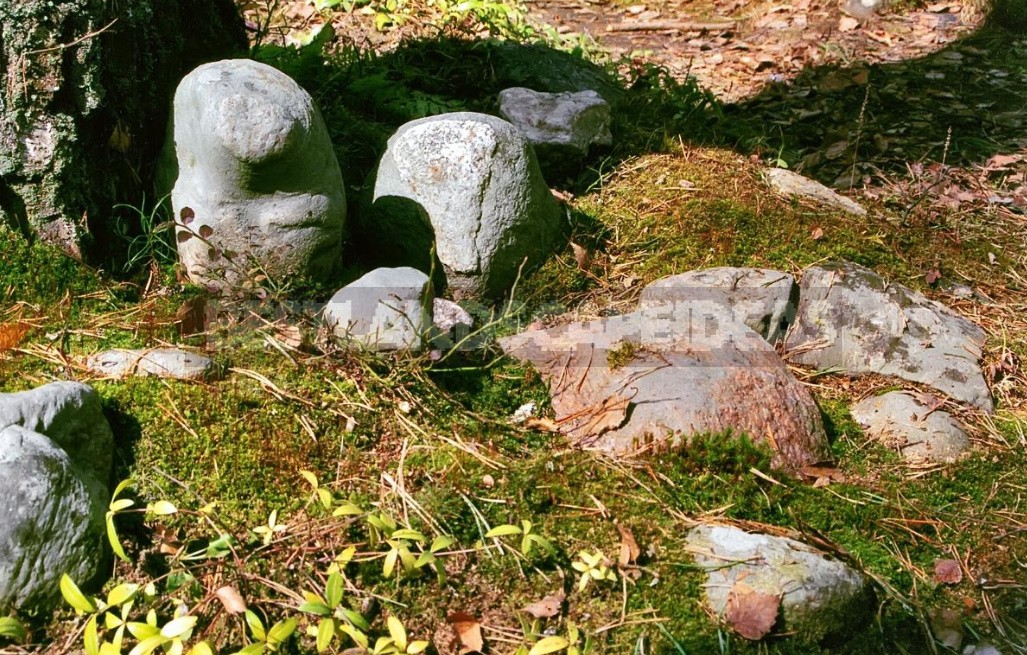
It is interesting that a similar idea, but about gardens in General, was expressed much earlier by Francis Bacon: “the Nature of things reveals itself better in conditions of artificial constraint than in natural freedom.” This is the key to understanding what I will try to tell you next.
On the hunt! Behind the rocks
So, to begin with, the first — a difficult, frankly speaking, task-the choice of stones that represent a certain self-value. I can assure you that “hunting” for such stones is no less exciting and adventurous than, for example, walking on mushrooms. But it is technically immeasurably more complex.
Well, you got, for example, on the sea coast.. Walk among the stones, stumble, and no one thinks that this boulder or a fragment of granite, which you just hit your foot on, is actually not a boulder, but some strange creature, and it not only has its own unique face, but maybe (Hello, Spinoza!), both soul. However, to recognize all this in the conditions of ” natural freedom “(remember Bacon), no offense be told to you, is not given to everyone.
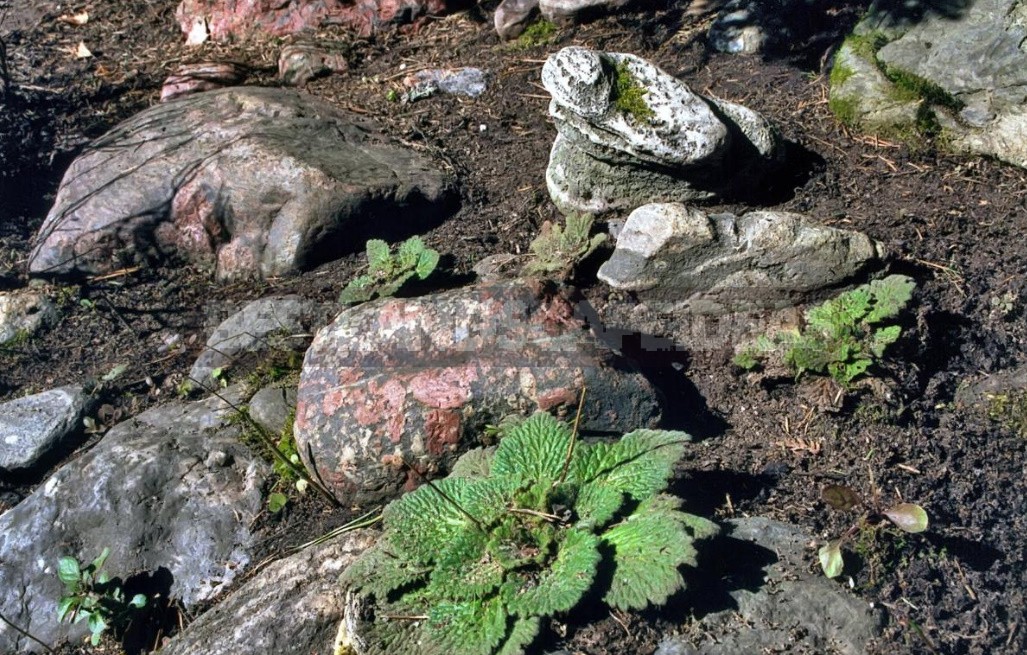
A few years ago, I discovered a couple of related rocks, which I immediately thought were quite unattainable for me alone, on the coast of a Bay at the water’s edge. Just in case, I rolled them away from the water and left them next to a large, very noticeable boulder. It so happened that I did not find help until a couple of years later; all this time the stones were waiting patiently where I left them.
We arrived together with a young strong man, and the stones-Oh, horror! — disappeared. But someone couldn’t have stolen them; in a good ten years, you won’t believe it, this has never happened. Finally, we realized that the tide had been very high a few days ago, and the stones were probably just buried alive under the sand.
And then, in front of the astonished audience, we began to dig furiously for that sand. It must have been a bit like rescuing climbers from an avalanche. Finally, after much effort, our perseverance was rewarded. The stones were at the bottom of a water-soaked pit about a meter deep. But how do I get them out of there?
In the end, we succeeded. After that, we wrapped the loot with a strong rope and dragged it away-to a car that was standing a hundred meters away.
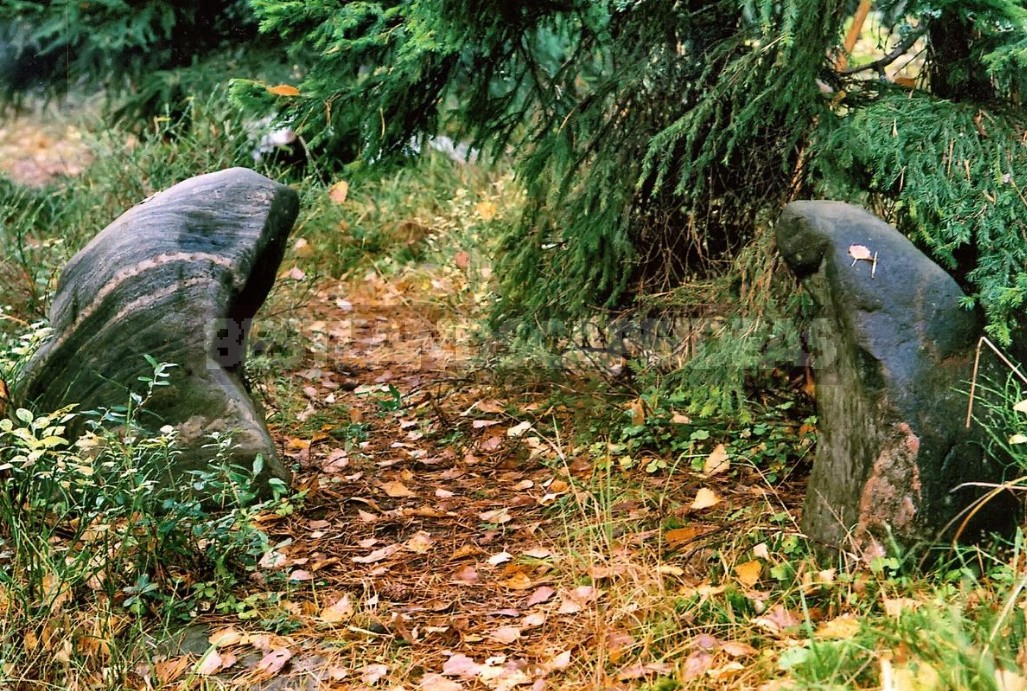
The fact that our efforts were not in vain, you can easily see by looking at the stones in their new environment.



